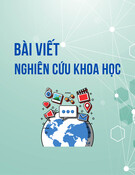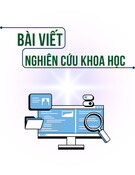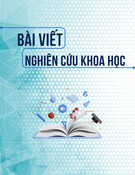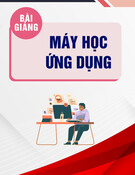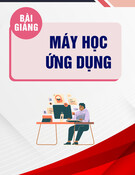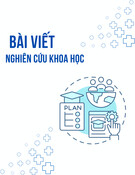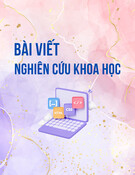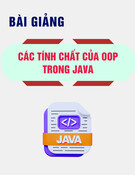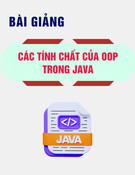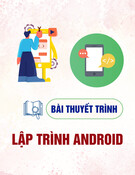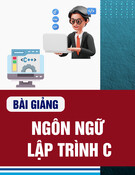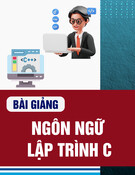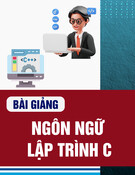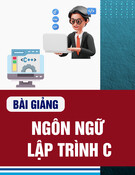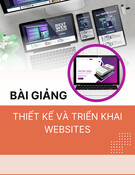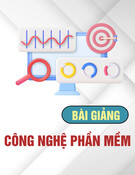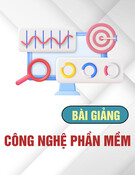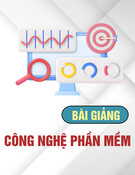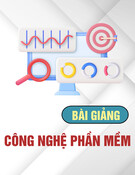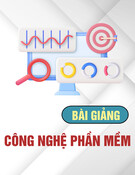
53
Journal of Development and Integration, No. 78 (2024)
HR revolution: screen people not paper:
Case study of AkzoNobel, Unilever and Cathay Pacific
Truong Phan Hoang Anh1, *, Giang Ngoc Anh2
1Ho Chi Minh City University of Economics and Finance, Vietnam
2AkzoNobel Vietnam
K E Y W O R D S A B S T R A C T
Human Resource
Management,
E-HRM,
E-Recruitment,
Hiring,
Screening,
Application System.
The recruitment of highly experienced professionals is a crucial undertaking as it creates
the talent pool for the organisation. Although the development and implementation of
electronic recruiting applications in MNCs have been highly effective, they not only
contribute to reducing candidate screening time but also effectively support employer’s
productivity. In other words, E-HRM is the practice of integrating HRM strategies, policies,
and practices in a company through the use of web-based technology. Yet, the raising
concern is how organisations in Vietnam could effectively learn and utilise e-recruitment
since most companies continue to employ manually with pricey recruitment methods.
The study aims to identify the fundamental concept of e-recruitment and intends to collect
information regarding e-recruitment methods such as emails, corporate websites, and
commercial job boards, among others, through the story of AkzoNobel, Unilever and
Cathay Pacific in installing the e-recruitment system in Vietnam and in ASEAN. It covers
the advantages and disadvantages of e-recruitment, as well as how local Vietnamese
businesses might efficiently use it.
* Corresponding author. Email: anhtph@uef.edu.vn
https://doi.org/10.61602/jdi.2024.78.07
Received: 23-Feb-24; Revised: 20-May-2024; Accepted: 25-May-2024; Online: 19-Aug-24
ISSN (print): 1859-428X, ISSN (online): 2815-6234
1. Introduction
Recruitment covers those practices and activities
by the organisation in order to aim to the primary
purpose of identifying and attracting potential
candidates (Breaugh & Starke, 2000). It plays a critical
component in the human resource management
process, serving as an approach for attracting
valuable resources, primarily people capital to the
organisation (Barber, 1998). E-recruitment, often
known as online recruiting, is a globally recognized
trend that has transformed human resources
operations (Bussler & Davis, 2001). Over the past
ten years, e-recruitment has developed significantly
and is being used globally by both employers and
job seekers (Cober & Brown, 2006).
The integration of supporting information and
communication technologies (ICT) has significantly
improved the selection and recruitment process
(Cappelli, 2001). This integration involves a
combination of conventional recruitment activities,
which includes job advertising, CV scanning and
No. 78 (2024) 53-59 I jdi.uef.edu.vn





